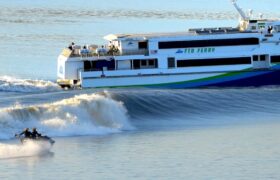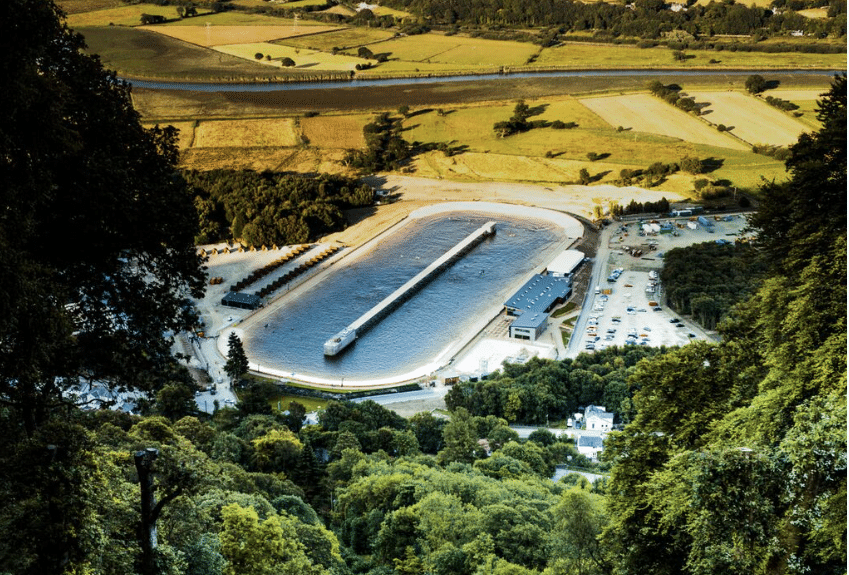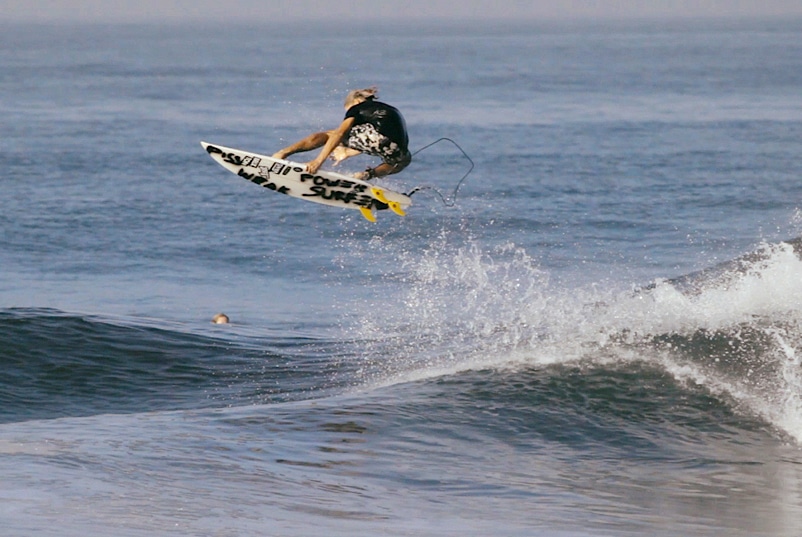Building a wave pool put an economically depressed little town back to work…
Preface: Yes, Surf Snowdonia is closed due to major mechanical repairs. But they will be back in the spring. I was fortunate to surf the pool in their opening week during a trip earlier this year. Obviously, the wave itself is fun but the location and history was the biggest surprise.
I surveyed the surreal scene around me. I could see the century-old pipes leading down from the mountains toward the adjacent hydroelectric station. I could make out the hustle and bustle of spectators though the chain link fence that prevents any entanglements with the unforgiving machinery of the foil. The infinite Welsh countryside rolled out into the distance.
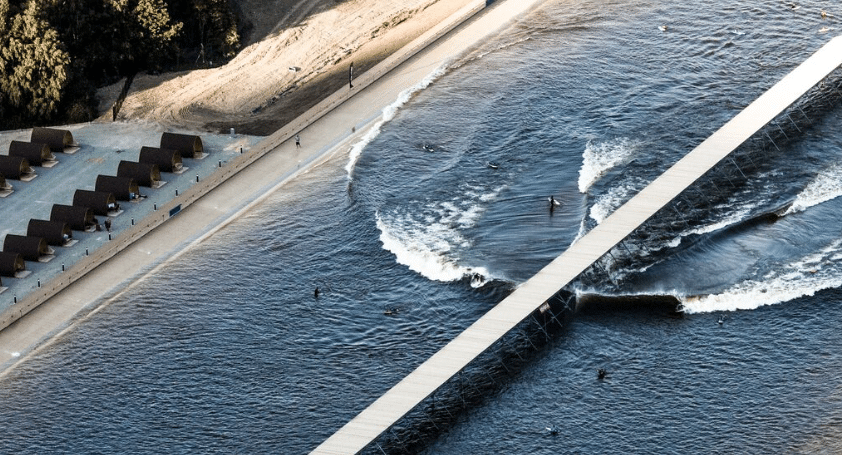
Excited? Yeah.
I tentatively paddled out. No salt in the water. There was a bit of wind, the light chop of capillary waves on the surface. A guy who’d just finished his session gave me two pieces of advice: stay close to the pier and paddle hard.
I’d hired a perfectly respectable fish from the on-site surf academy and made my way to the takeoff spot. There was a gurgle and a deep mechanical screech. A ripple gathered speed, quickly evolving into a head-high lump. Instinctively, I turned and started paddling hard.
The £12 million project is more than just a hyped-up-sports facility. It is a regeneration project and the latest chapter in the unlikely story of a small Welsh village of which the principle protagonists are gravity, aluminium, electricity and most importantly water.
Not so instinctively, I got to my feet and bottom turned towards the chain link fence. I raced toward the pier as fast as I could, never reaching it. I did top turns and cutbacks. There was a pitching lip and fast section. This was actually surfing.
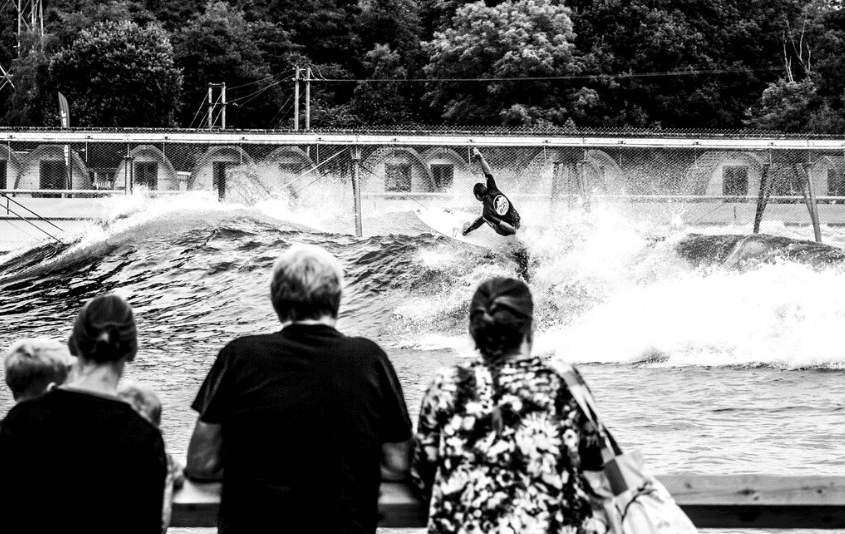
I had a one hour advanced session that gave me and two others about 15 waves. A large contoured membrane lined lagoon is filled with 33,000 cubic liters of tea coloured, UV-filtered Welsh water transported directly from lake Eigau (four miles away) down the same two giant pipelines to the hydro-eclectic plant that once ensured a pioneering aluminium plant had access to cheap, reliable electricity.
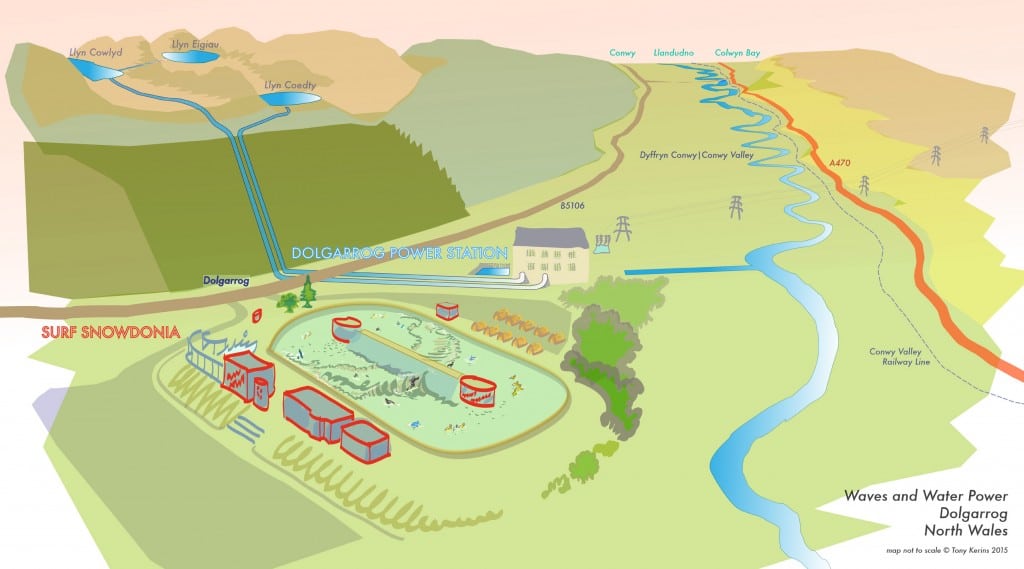
That same system now provides Surf Snowdonia with access to the water necessary to provide waves for to 36 surfers at a time. Yet the £12 million project is more than just a hyped-up-sports facility. It is a regeneration project and the latest chapter in the unlikely story of a small Welsh village of which the principle protagonists are gravity, aluminium, electricity and most importantly water.
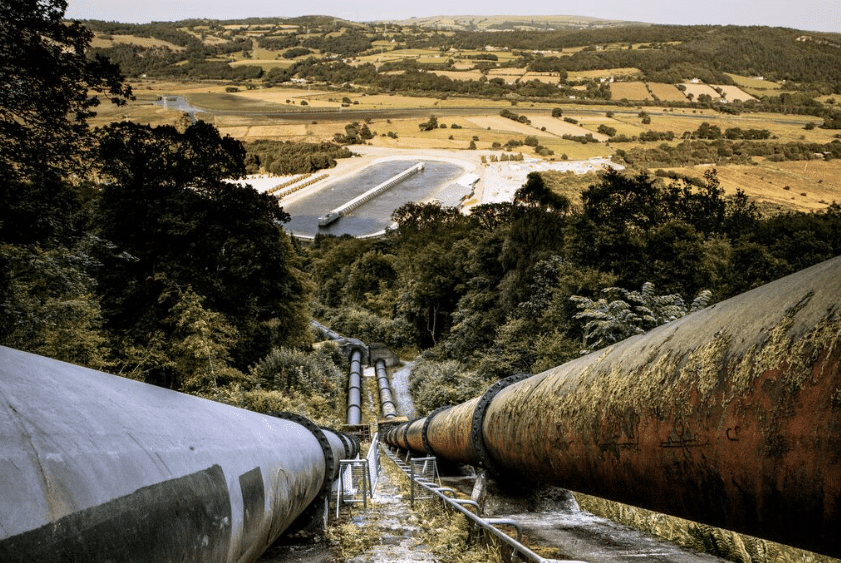
Nestled in a glorious slice of the north Welsh countryside seven miles up the winding Conwy valley, the unsuspecting hamelt of Porth Llwyd was chosen in 1906 to be the site of a large aluminium smelting plant. The hamlet’s fate was sealed by its proximity to the lakes of the Carneddau mountains. Not only where these lakes the source of reliable, clean and plentiful peat brown water but, crucially, they where at elevation.
The Aluminium Cooperation Ltd were blazing a new industrial trail, hedging a bet that they could bring the price of aluminum production down by extracting it from the aluminum ore (bauxite) using the relatively new technique of electrolysis. The clue is in the name. Electrolysis on this scale requires large and readily available amounts of cheap electricity.
The corporation set to work constructing Eigiau, Coedty and Cowlyd dams to raise the levels of the lakes on high ground to the west thus providing the potential for hydro-electrical power generation. Given the rugged and, at times soul-crushingly steep, nature of the local terrain, these were major engineering feats – and engineering feats require workers and their families to bring them to fruition.
Before long, little Porth Llwyd grew into the bustling industrial village of Dolggarog. By 1907, the smelting plant was up and running. Herculean efforts had made it made it possible, not only were several dams constructed but a network of canals had been dug to transport the water from the dams to supply the plant 300 meters below.
A steel pipe had been constructed to negotiate the improbably steep drop at ‘marble arch’ high above the village, along with the construction of railways to transport both materials, finished product and workers around the various sites and to the coast for shipping.
The 1920’s saw the development of purpose built hydro-electric scheme and the aluminium rolling plant completed. All this activity placed Dolgarrog at the heart of a fledgling industry. For the next one hundred years, water and gravity provided the electricity to drive an industrial operation dedicated to producing refined aluminium to a world hungry for airplanes, caravans and kitchen utensils.
Nothing is more certain than a world that turns and by the end of 2007 the un-profitable aluminum works closed it doors, leaving 170 people to find new work. These would have been dark days for Dolgarrog, suddenly a tiny, relatively quiet backwater of north Wales in a world headed for fiscal meltdown.
The hydroelectric plant remained open but would never be able to provide the employment opportunities necessary to sustain a now-defunct workforce. Even with the incredible vision of Dollgarrog’s forefathers, it’s doubtful anyone would’ve seen what was coming next.
The decommissioned aluminium works remained a prospect-less brown field wasteland until 2012 when it was acquired by Ainscough Strategic Land Ltd who ingeniously and resourcefully set about developing the site.
Three years later, Surf Snowdonia opened its doors to the public. The central pier that runs down the centre of the vinyl lagoon sits between two stout motor houses and drags an elusive top-secret hydrofoil up and down at approximately one minute intervals. The foil creates waves, waves create stoke.
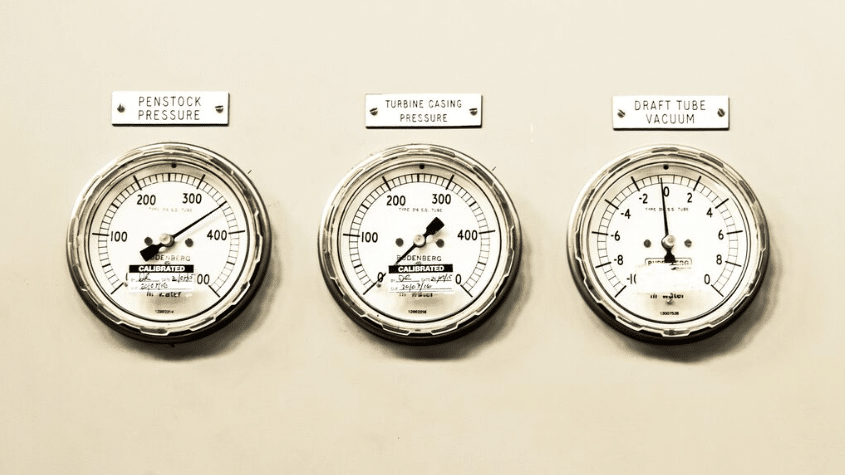
This revolutionary technology has been developed by the Spanish group, Wavegarden, who have answered the dreams of every landlocked surfer on the planet. At the push of a button, a head-high peak can be mustered from the depths and sent rifling down the lagoon.
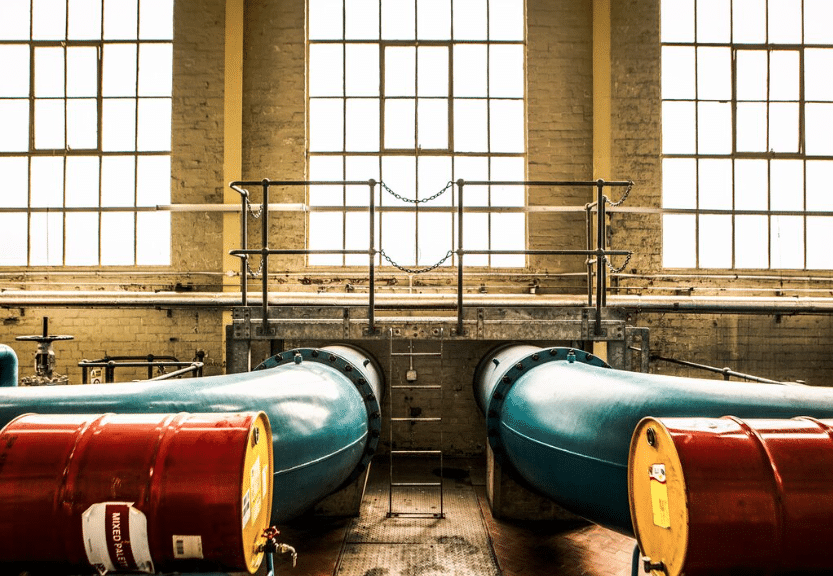
So what’s the deal?
It’s a real wave, but don’t go expecting an ocean wave or you’ll be disappointed. But you can do real surfing here. It’s all been worked out so that everyone gets fun waves. It’s a totally unique experience and something every surfer given the chance should try.
At 45 pounds an hour it isn’t cheap in comparison to the beach, but I didn’t feel ripped off. I suspect the lagoon will come into its own as a learning and training facility for inland grommets who will have a chance to get on a board, get to their feet and wiggle to the vinyl shore, unburdened by the ferocity of the sea.
It’s a great spot for families and groups alike to have fun. Surf Snowdonia have big plans for the future with further water-based activities and events, they have on site accommodation, restaurants, a bar, good transport links and the whole place feels well-thought-out and exciting to be around.
Whatever your view on the place, it’s a regeneration project worthy of celebration. They have a taken a negative and turned it positive, provided local jobs where there were none.
With a projected 75,000 visitors are year, it should be profitable and self-sustaining. They are striving for and achieving a good environmental impacts. The ripple effects from a project like this could really benefit Dolgarrog and the surrounding areas for years to come.
If you are fortunate enough to find yourself riding this mechanical wonderess, try to make some time to explore the local area. It’s a fascinating landscape, steeped in industrial history and full of rugged splendour.
As I paddled back toward the crowded shore, tired and stoked, the next three guys were paddling out, wild in the eyes and excited as hell, just as I had been an hour before.
Dan Kerins is photographer, writer, surfer and horticulturalist specializing in ill-planned and under-funded excursions into the lesser known. Want more of his writing and photography? Click here.
His old boy Tony Kerins made the map. Click here for his dazzling skills.
